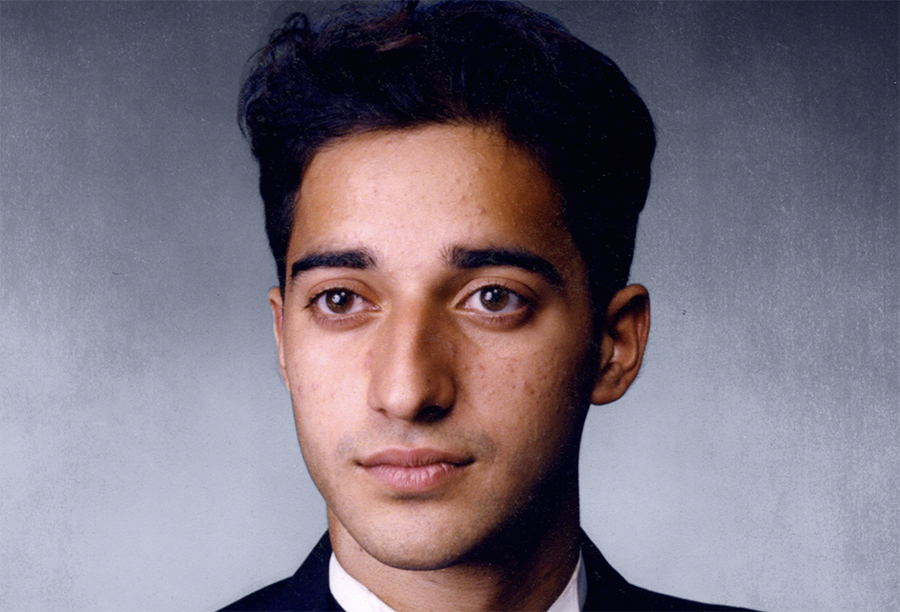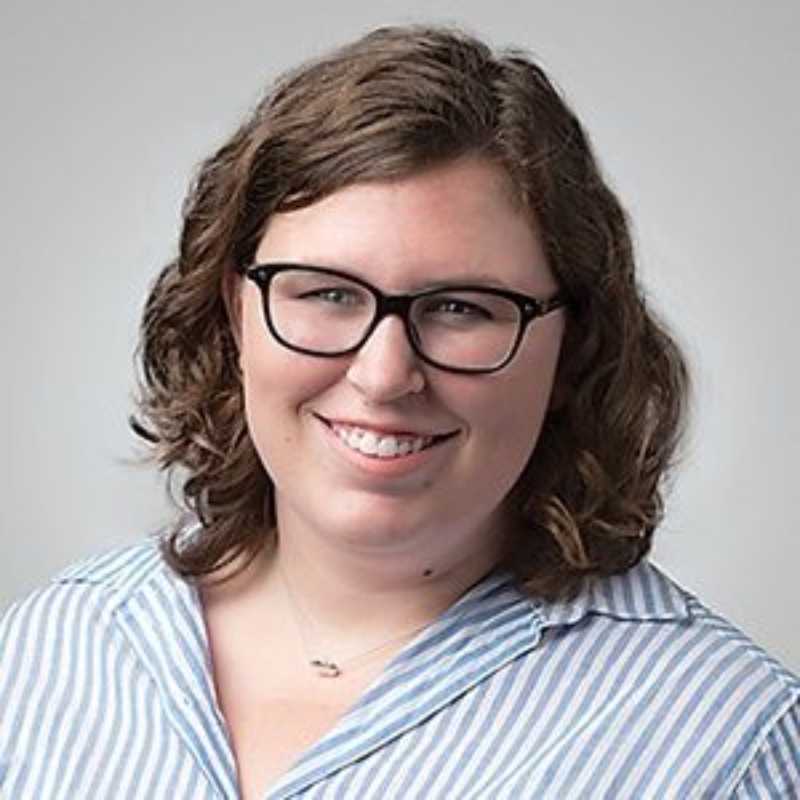
Almost exactly 20 years ago, Hae Min Lee’s body was found in Leakin Park on a sunny February day, and the details of how she ended up there still remain unclear. It’s a case that was first made famous by Serial and continues to fuel podcasts, Reddit threads, and groups of armchair sleuths across the world.
Adnan Syed was convicted of first degree murder, robbery, kidnapping, and false imprisonment in 2000 and sentenced to life imprisonment plus 30 years for the crimes. But there are many who say the case was, at best, mishandled and, at worst, a possible wrongful conviction. The case is currently being considered by the Maryland Court of Appeals, but the latest development in The State of Maryland v. Adnan Syed comes not from the courtroom, but from HBO.
The new documentary series The Case Against Adnan Syed, set to premiere March 10 and directed by Academy Award nominee Amy Berg, both revisits the sources those following the case have come to know (Rabia Chaudry, Asia McClain, Kristi Vincent) and explores new information and developments in the case, such as cell phone record inaccuracies and unexplored leads. Perhaps its greatest strength is the complete picture it paints of many lives impacted by the case, including the one often lost in discussion of the new developments: Lee herself. Berg has taken great care to bring Hae Min Lee’s voice into the story, using her journal and animation to make Lee feel present in her own story, even though she can no longer speak for herself.
We spoke with Berg about revisiting the case, finding balance in the story, and where she would like Syed’s case to go from here.
This is a case so many people are invested in and familiar with. Why did you want to add your voice to the conversation?
I was approached by Working Title Films, and they had optioned the rights to Rabia Chaudry’s book. I had listened to the podcast and was really interested in knowing more. It’s an unsatisfying case in a lot of ways, and I wanted to dig in and see what else I could figure out. I also thought there was a great need for a visual depiction of this story, because it was all in audio online. Baltimore is such a unique place and there was really a lot to dig into visually for me.
The series feels different than other true crime documentaries I’ve watched in that the victim, Hae Min Lee, feels very present. Was there an intention to give her more of a voice?
There’s a balance that we need to comprehend, especially in documentary in true crime cases, because there are two sides to the story. There’s a family on both sides that I want to respect. When I started speaking to Hae Min Lee’s friends, and when we spoke to her family’s representative, I realized there was so much more to Hae than what I had known previously. And I was lucky enough to have her journal from the original trial case file. I just wanted to make sure she had a voice, because obviously if there was an injustice in Baltimore, Hae Min Lee would have wanted the truth to come out as well just based on the way her friends described her and who she was.
It would be nice if there was a way to find closure for both sides of this family, of this story. I’m sure that there was a certain status of closure in 2000 for Hae’s family. But I’m sure that the more issues that keep coming up, it probably creates more pain for them. It’s difficult, but if there was a wrongful conviction, it has to come out. The case that was out forth doesn’t fit the evidence that was presented. So there’s a problem to begin with.
One of the ways you do that is through animation of some of her diary entries and experiences. Can you tell me a little about how those scenes came to be?
I had recently seen this film The Diary of a Teenage Girl and I was really moved by the animations in that film. So when I started thinking about how to bring Hae to life, I reached out to the woman who did the animations for that film and found this incredible partner in telling this story. She stayed on the project for three and a half years with me, and we really created a great narrative for Hae together.
You’re dealing with a story that’s 20 years in the making and one that has been analyzed by so many people. How did you begin when crafting your own version?
We began in November 2015, and I started with the case file and the state’s case to convict Adnan Syed, as well as the wealth of resources I was able to establish with both friends of Hae and Adnan. I just started with that and let the story expand from there. We brought in some private investigators to help us when we had a strong comprehension of the case and elaborated from there, but I wanted to keep it true to the people who know it.
How did you go about sourcing the series and gathering some of these new voices?
We started with the case and the people closest to Adnan and Hae, and then we tracked the current day events starting from the [post-conviction relief] hearing to the most recent appeal. And then our investigation led us to people who were new to this case, to people who maybe heard Serial or heard about the case and knew someone later in life. So we did have access to new voices in the film.
Was there a part of your investigation that really surprised you?
I think the true travesty in this three-and-a-half-year journey that I took, and I guess it’s very similar with many other cases where there might be a wrongful conviction, is the absence of the actual prosecutors and detectives that tried the case originally. I don’t understand. Prosecutors are supposed to be seeking justice, and I don’t understand this lack of interest in trying to find the truth. I think it’s really unfortunate. Maybe it’s not that surprising, but I think it’s wrong.
Why do you think people have remained so interested in this case?
The case leaves you with so many questions. It’s not satisfying in that sense. It didn’t feel like the detectives or the case did a thorough deep dive into this murder to see what really happened. And things just don’t line up. And when things don’t line up, you want to understand what really happened.
Is that the goal of The Case Against Adnan Syed, to understand how this all happened?
A beautiful young woman was murdered. She left school and was never seen or heard from again. So understanding and hopefully putting closure to this whole story for many people would be very satisfying. But you know, I’m not sure that will ever happen.
In an ideal world, what happens next in this case?
Well, in an ideal world, Adnan Syed would get a new trial. He’s won a new trial twice now in two courts. But my fear is that that will never happen and the film will become the trial that he didn’t ever receive. So that’s the kind of reality of it. But it would be nice if he could get a new trial so that he could actually get exonerated if the case goes that direction. Because with the evidence that is available to the public, there just isn’t enough evidence to convict somebody today.
